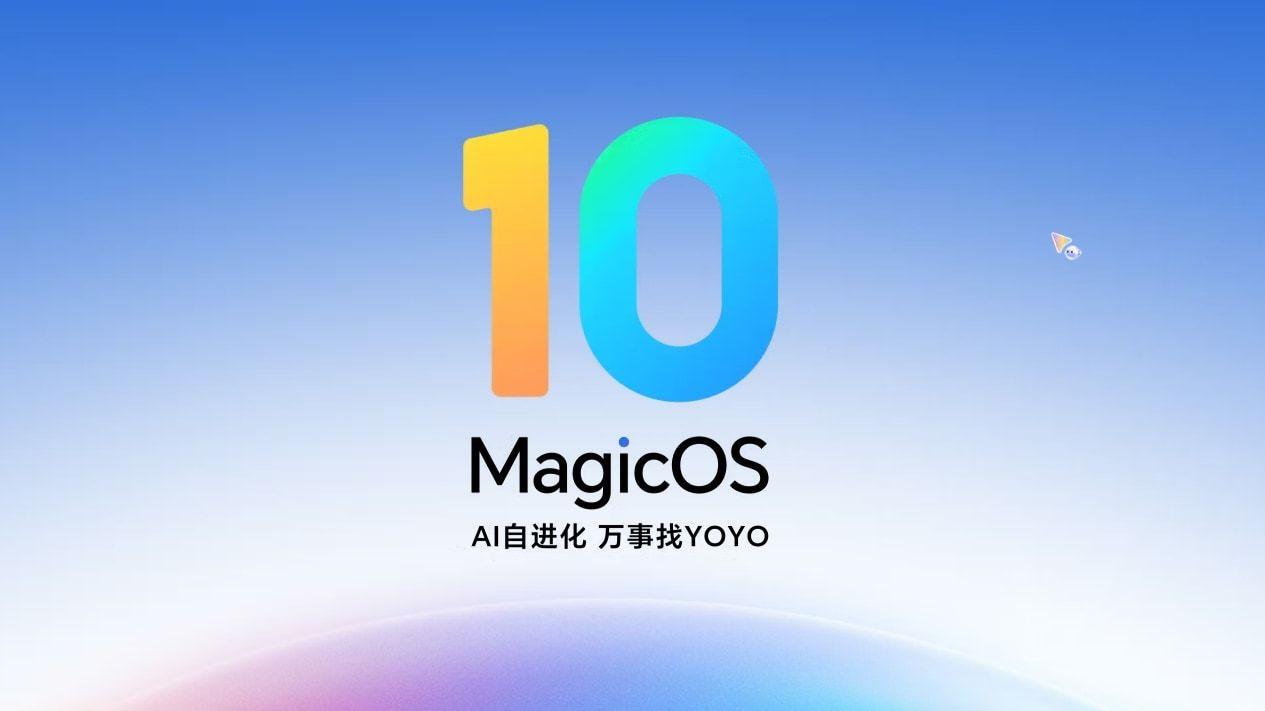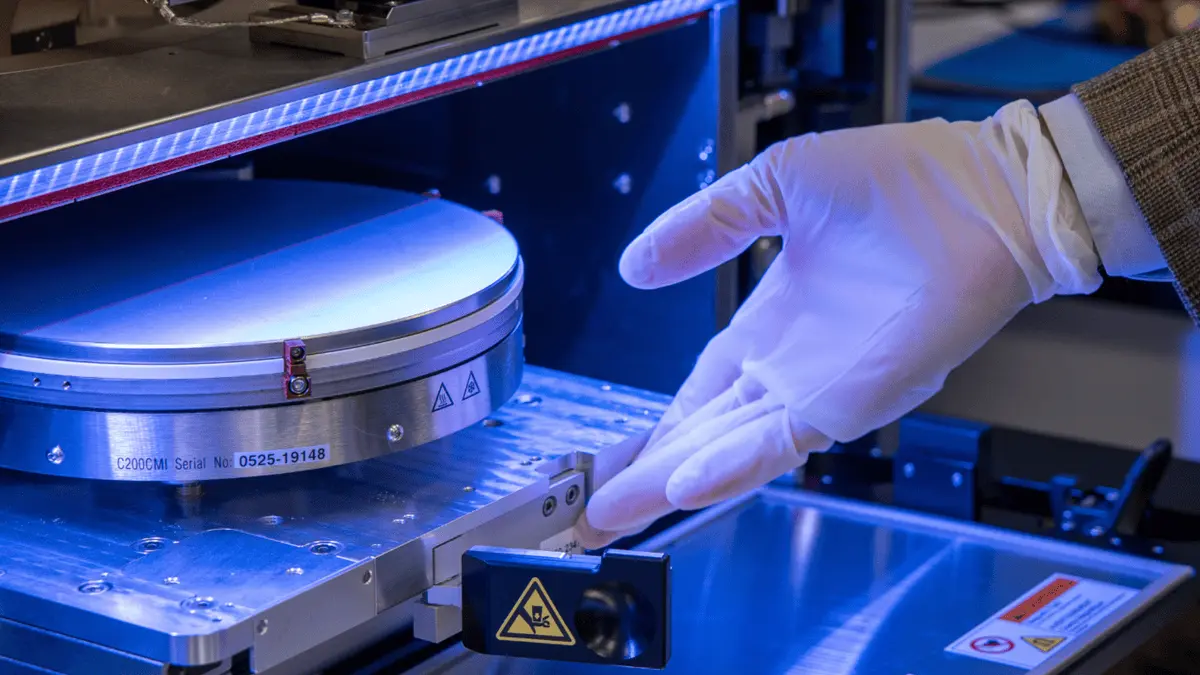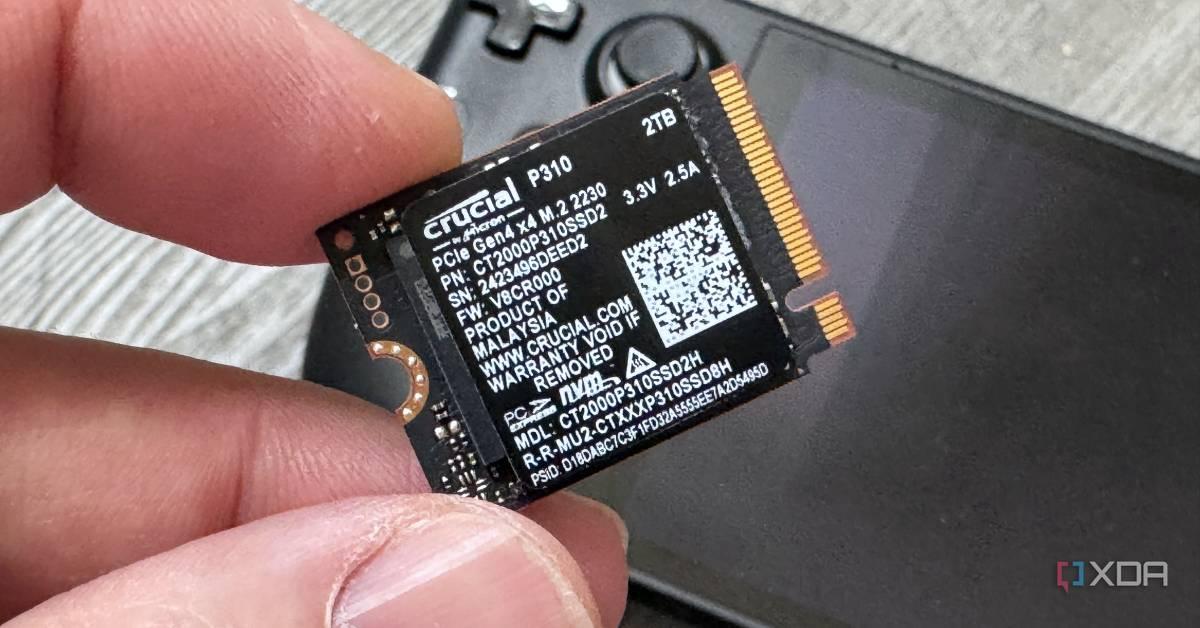Huawei Launches Android-Free HarmonyOS NEXT with AI Integration and 15,000+ Apps
4 Sources
4 Sources
[1]
Huawei's new Android competitor officially launches with over 15,000 apps
The Google Play Store could soon get its own Download Manager Key Takeaways Huawei has officially launched its proprietary HarmonyOS NEXT devoid of Android, with over 15,000 supported apps. The OS is currently in public beta, and is only available on select Huawei devices in China. Huawei has hinted at eventually expanding the OS to other markets, making it a potential candidate to become the world's third major mobile OS option after Android and iOS. ✕ Remove Ads After being cut off from the US market and slowly losing Android support, Shenzhen, China-based Huawei built its proprietary HarmonyOS. The operating system, which was first revealed back in 2019, was essentially an Android fork and supported Android apps. Subsequently, in 2023, Huawei unveiled HarmonyOS NEXT, an operating system completely devoid of Android and AOSP code that only supports the HarmonyOS kernel and HarmonyOS applications. The OS, at the time, was limited to internal testing and public developers. Fast-forward to this year, and the proprietary OS was tipped to be unveiled in late September. After a slight delay, the OS did make its way to certain Huawei devices as a public beta on October 8. Related Huawei's revamped Android competitor is launching with support for 10,000 apps Allegedly meeting 99.9% of consumer needs 1 ✕ Remove Ads Now, the new OS has officially been announced by Huawei, and it is available to try out on several devices. These include: HUAWEI Mate 60 HUAWEI Mate X5 HUAWEI Mate 60 Pro+ HUAWEI Mate X5 Collector's Edition HUAWEI Mate 60 Pro HUAWEI Pura 70 HUAWEI Mate 60 RS ULTIMATE DESIGN HUAWEI Pura 70 Pro HUAWEI Pura 70 Ultra HUAWEI Pura 70 Pro+ HUAWEI Pocket 2 HUAWEI Pocket 2 Art Edition HUAWEI MatePad Pro 13.2-inch HUAWEI MatePad Pro 13.2-inch Collector's Edition HUAWEI MatePad Pro 11-inch 2024 model HUAWEI WATCH Ultimate ✕ Remove Ads Other Huawei devices, including the likes of the Nova Flip, Nova 13 and 12 series, MatePad Pro 12.2-inch, MatePad Air 12-inch, and others will receive the update in 2025. According to an AndroidHeadlines report, the OS supports over 15,000 native apps, which the company asserts will meet 99.9% of consumer needs. HarmonyOS NEXT is currently limited to China, but wider availability is expected Source: Huawei The Chinese manufacturer's chairperson, Xu Zhijun, has previously confirmed that HarmonyOS will expand to other countries, with it reportedly having the potential to be the world's third OS option, following Google's Android and Apple's iOS. The expansion will be necessary if the manufacturer aims to garner any sense of global appeal. ✕ Remove Ads Here's what we know about the OS so far. AI is "deeply integrated" within the system, with features like Voice Repair (likely to enhance voices in recorded audio), on-screen context, and an AI-powered Xiaoyi assistant. While not mentioned, it is likely that the OS will use AI to enhance other features and apps that power photography and productivity. Source: Huawei Elsewhere, on-screen elements look different from the traditional HarmonyOS experience. For example, the lock screen appears to have been redesigned with an iOS-esque look to it, complete with a tool that automatically relocates on-screen widgets to complement your wallpaper. A timeline for when we'll be able to get our hands on HarmonyOS NEXT is currently unclear, though what is clear is that the OS' success depends entirely on Huawei being able to attract developers to port their applications over to the platform -- and eventually rolling the OS out globally. ✕ Remove Ads
[2]
Huawei's Android-free HarmonyOS NEXT is here | Digital Trends
Huawei has announced a significant upgrade to its HarmonyOS operating system. HarmonyOS NEXT is entirely free of Android and, as such, doesn't support Android-based apps. According to Android Headlines, the OS is based on the open-source OpenHarmony project. It will launch first in China, but is expected to be available elsewhere eventually. HarmonyOS NEXT will remind many of the company's original HarmonyOS, but there are key differences, as Android Headlines notes. These include a refreshed lock screen that's much flatter with new customization options. There's also a redesigned control center and faster animations. The home screen, however, looks very similar to HarmonyOS. HarmonyOS NEXT incorporates system-level AI capabilities based on the Pangu large language model. Huawei has also developed a new security system called "Star Shield" that provides system-level protection for devices running HarmonyOS NEXT. Recommended Videos In announcing the new OS, Huawei Consumer Business Group Chairman Richard Yu said that 15,000 apps and services are now part of the HarmonyOS NEXT ecosystem. The U.S. has heavy restrictions on Huawei products, which is one of the reasons HarmonyOS NEXT has been created as Android-free. Though Huawei products aren't entirely banned from being purchased by consumers in the U.S., they are extremely hard to find. Additionally, the U.S. government has banned using Huawei products at the federal level over national security concerns. HarmonyOS NEXT is currently in public beta in China. It is available for the Huawei Pura 70 series, Huawei Pocket 2, and Huawei MatePad Pro 11 (2024). In recent months, Huawei has announced several new products, including new Android-based tablets like the MatePad Pro 12.2 and MatePad 12 X. New smartwatches have also been introduced recently.
[3]
Huawei Announces Android-Less HarmonyOS Next With These Features
The update includes new home and lock screen customisation options Huawei has announced its latest operating system (OS) in China which has been developed independently of Android. Dubbed HarmonyOS Next, it does not leverage Google's Android Open Source Project (AOSP) code, which is adopted by original equipment manufacturers (OEMs) for developing Android skins for their devices. Instead, it is built on the Hongmeng kernel and system architecture, as per the company. HarmonyOS Next brings new home and lock screen customisation options, features powered by artificial intelligence (AI), and faster animations and app launch speeds. Huawei says HarmonyOS Next is available to users in China via public beta. The following models are eligible to receive the update: Huawei's new OS brings new ways to customise the home and lock screens. It borrows certain design elements from Harmony OS - the company's Android skin. This includes app arrangements, widgets, a notification bar and the control centre. It features a new physical light engine which is claimed to make the interaction smoother and has a new wallpaper feature which recognises the object in the image and suggests a suitable composition. A major component of HarmonyOS Next is the inclusion of AI, embedded in its core, from the kernel system to apps. It leverages an AI agent dubbed Celia, built on the company's proprietary Pangu large language model (LLM). The agent can also take advantage of third-party cloud-based AI models to provide enhanced services. Thus, the OS is capable of providing personalised content and smart services based on different scenarios. It also features a built-in system-level AI assistant that has high-level understanding and interaction capabilities. Its capabilities include on-screen content awareness, contextual understanding, document analysis and summarisation, and a Circle-to-Search-like functionality. Huawei says HarmonyOS Next has over 15,000 apps and more will arrive soon. It is also claimed to result in 30 percent better system-wide fluency and an increase of up to 1.5GB in system memory. Leveraging the new star shield security architecture, the OS has nuclear-level system-wide security, as per the company.
[4]
Huawei releases homegrown HarmonyOS NEXT operating system
SHENZHEN (XINHUA) - Chinese tech giant Huawei on Tuesday released HarmonyOS NEXT, its self-developed operating system built independent of Android architecture. The launch event in Shenzhen, where the company is based, marks another milestone for Huawei since Washington put it on the "Entity List" in 2019, barring it from doing business with US firms including Google, which provides Android. HarmonyOS NEXT is the fifth iteration of HarmonyOS. HarmonyOS has been installed on over one billion devices, said Yu Chengdong, Huawei's executive director, at the event. Yu said that HarmonyOS NEXT is truly independent from Android and Apple's iOS, with its own operating kernel, programming language, AI framework and other features that were developed without using the Linux kernel or Android open-source code. "HarmonyOS NEXT provides a new option and market space for the development of related industries around the world," he said, hailing it as an open, secure and efficient operating system. Over the past year, Huawei worked with more than 10,000 domestic partners to develop HarmonyOS NEXT apps, helping build an innovative IT industrial chain, Yu said. As an open-source operating system, HarmonyOS was first launched in August 2019 and has replaced iOS to become the second-largest mobile operating system on the Chinese market. More than 15,000 applications and meta-services are available for use on HarmonyOS, according to Yu.
Share
Share
Copy Link
Huawei has officially released HarmonyOS NEXT, its proprietary operating system developed independently of Android, featuring AI integration, enhanced security, and support for over 15,000 native apps.

Huawei Unveils HarmonyOS NEXT: A New Era of Mobile Operating Systems
Huawei, the Chinese tech giant, has officially launched HarmonyOS NEXT, its latest proprietary operating system developed entirely independent of Android. This move marks a significant milestone in Huawei's journey to create a viable alternative to Google's Android and Apple's iOS in the global smartphone market
1
2
.Key Features and Innovations
HarmonyOS NEXT is built on the Hongmeng kernel and system architecture, completely devoid of Android and AOSP code. The new OS boasts several notable features:
-
AI Integration: The system incorporates deep AI capabilities based on Huawei's Pangu large language model, including an AI-powered assistant named Xiaoyi or Celia
1
3
. -
Enhanced User Interface: The OS introduces a redesigned lock screen with iOS-esque elements and improved customization options. It also features faster animations and a refreshed control center
2
3
. -
Improved Performance: Huawei claims a 30% improvement in system-wide fluency and an increase of up to 1.5GB in system memory
3
. -
Security: A new "Star Shield" security architecture provides system-level protection for devices running HarmonyOS NEXT
2
3
.
App Ecosystem and Availability
Huawei announced that over 15,000 native apps are now supported on HarmonyOS NEXT, which the company asserts will meet 99.9% of consumer needs
1
4
. The OS is currently available in public beta in China, compatible with select Huawei devices including the Mate 60 series, Pura 70 series, Pocket 2, and MatePad Pro 11 (2024)1
2
.Related Stories
Global Expansion and Market Potential
While HarmonyOS NEXT is currently limited to China, Huawei has hinted at plans for global expansion. The company's chairperson, Xu Zhijun, has confirmed that HarmonyOS will eventually be available in other countries, positioning it as a potential third major mobile OS option globally
1
4
.Industry Impact and Future Prospects
The launch of HarmonyOS NEXT represents a significant step in Huawei's efforts to overcome US trade restrictions that have limited its access to Google services and Android updates. By developing its own ecosystem, Huawei aims to reduce dependency on US technology and create new opportunities for app developers and partners
4
.However, the success of HarmonyOS NEXT will largely depend on Huawei's ability to attract developers to port their applications to the new platform and its eventual global rollout. As the mobile OS landscape evolves, HarmonyOS NEXT could potentially reshape the competitive dynamics in the smartphone industry, offering users and developers a new alternative to the established Android and iOS duopoly
1
2
.References
Summarized by
Navi
[2]
[4]
Related Stories
Recent Highlights
1
OpenAI releases GPT-5.2 AI model after code red memo targets Google's Gemini 3 threat
Technology

2
Disney invests $1 billion in OpenAI, licenses 200+ characters for Sora AI video generator
Technology

3
OpenAI faces wrongful death lawsuit after ChatGPT allegedly fueled murder-suicide tragedy
Policy and Regulation








